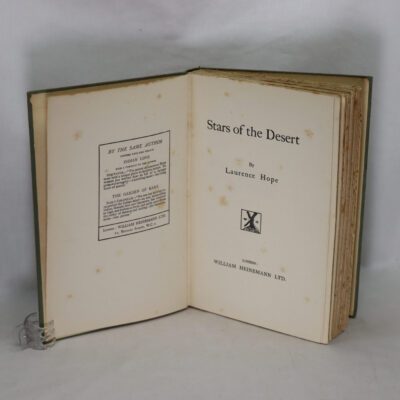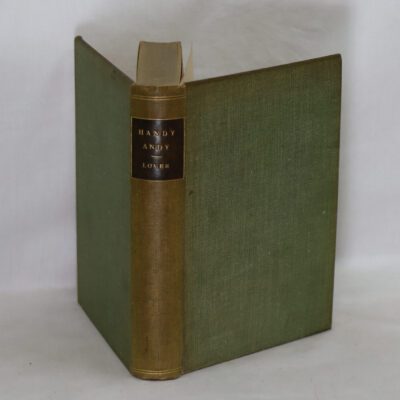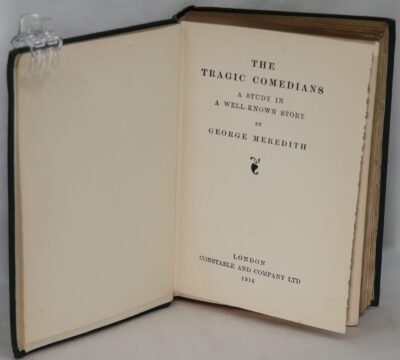Dante Alighieri. La Divina Commedia.
ISBN: 9789353920906
Printed: 1972
Publisher: Ulrico Hoepli. Milano
| Dimensions | 12 × 17 × 2 cm |
|---|---|
| Language |
Language: Italian
Size (cminches): 12 x 17 x 2
Condition: Good (See explanation of ratings)
Your items
Item information
Description
Paperback. Cream binding with red and black title on the spines and front boards. Dimensions are for one voume.
We provide an in-depth photographic presentation of this item to stimulate your feeling and touch. More traditional book descriptions are immediately available.
- Note: This book carries a £5.00 discount to those that subscribe to the F.B.A. mailing list
The Divine Comedy is an Italian narrative poem by Dante Alighieri, begun c. 1308 and completed around 1321, shortly before the author’s death. It is widely considered the pre-eminent work in Italian literature and one of the greatest works of Western literature. The poem’s imaginative vision of the afterlife is representative of the medieval worldview as it existed in the Western Church by the 14th century. It helped establish the Tuscan language, in which it is written, as the standardized Italian language. It is divided into three parts: Inferno, Purgatorio, and Paradiso.
The poem explores the condition of the soul following death and portrays a vision of divine justice, in which individuals receive appropriate punishment or reward based on their actions. It describes Dante’s travels through Hell, Purgatory, and Heaven. Allegorically, the poem represents the soul’s journey towards God, beginning with the recognition and rejection of sin (Inferno), followed by the penitent Christian life (Purgatorio), which is then followed by the soul’s ascent to God (Paradiso). Dante draws on medieval Catholic theology and philosophy, especially Thomistic philosophy derived from the Summa Theologica of Thomas Aquinas.
In the poem, the pilgrim Dante is accompanied by three guides: Virgil, who represents human reason, and who guides him for all of Inferno and most of Purgatorio; Beatrice, who represents divine revelation in addition to theology, grace, and faith; and guides him from the end of Purgatorio onwards; and Saint Bernard of Clairvaux, who represents contemplative mysticism and devotion to Mary the Mother, guiding him in the final cantos of Paradiso.
The work was originally simply titled Comedìa (Tuscan for “Comedy”) – so also in the first printed edition, published in 1472 – later adjusted to the modern Italian Commedia. The earliest known use of the adjective Divina appears in Giovanni Boccaccio’s, biographical work Trattatello in laude di Dante (“Treatise in Praise of Dante”), which was written between 1351 and 1355 – the adjective likely referring to the poem’s profound subject matter and elevated style. The first edition to name the poem Divina Comedia in the title was that of the Venetian humanist Lodovico Dolce, published in 1555 by Gabriele Giolito de’ Ferrari.
Want to know more about this item?

Related products
Share this Page with a friend











